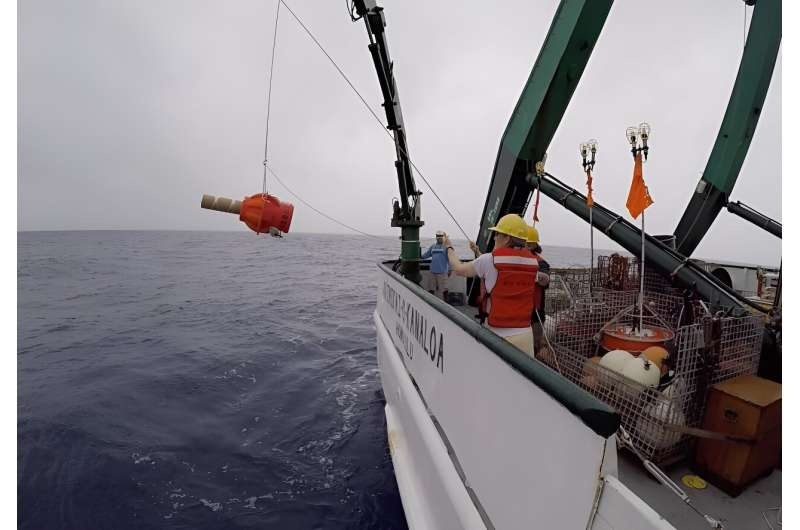A new analysis using data gathered by robotic submarines shows the world’s deep oceans are warming at an unprecedented rate, with 2020 in a virtual tie with 2019 for the highest temperatures ever recorded.

Untangling the Roots of Climate Change
Published in the journal Geophysical Research Letters, the new study offers one of the first glimpses this century of how global warming is affecting an especially far-flung part of the ocean.
Taking advantage of the data gathered by more than 1000 bell-shaped Deep Argo floats, a fleet of autonomous vehicles that can record temperature and other properties to an astounding depth of 6,000 meters, researchers have improved their understanding of long-term warming in the deep ocean.
While earlier studies have indicated that the deep ocean is warming, unavailability of enough data was preventing experts to measure how fast and widespread this change is. Conversely the new research has cut that range to almost half, which showed up a worrying truth.
Even though this may not seem like much, the global deep ocean is warming at a rate of 0.002 -0.004 degrees Celsius per year in some areas, according to the study. Though that may not sound like many, the long-lasting effect of these gradually rising deep-sea temperatures is immense.
Hot Spot Mapping Of Deep-Ocean Warming
The work also sheds light on the geographical distribution of deep-ocean warming, potentially important for global climate and weather patterns.
The results of the study reveal that there are two major reservoirs responsible for deep-ocean warming, located in waters off Antarctica and in deep ocean waters off Greenland.
Deep ocean waters off the coast of Antarctica, for example, are warming two to three times faster than surface temperatures—roughly identical to estimates made in 2013. The heat thus transported northward by these bottom waters is ferried along the global ocean conveyor belt, a massive, connected system that plays a critical role in steering global climate and weather patterns.
Another key hotspot is the deep ocean waters around Greenland, where the warming is happening because cold surface waters aren’t sinking so far. This is driven by the warming of the atmosphere and increased freshening of surface waters caused by melting ice, which could upset a delicate balance in the global meridional overturning circulation.
These hotspots of deep-ocean warming are important for informing global climate models and aiding society in readying itself for the significant impacts these changes will have on everyone.
Conclusion
The results of this type-changing discovery emphasise the immediate urgency that we do not deal with the climate crisis. The warming of the deep oceans will have an increasingly harsh impact upon the ecosystems and weather patterns of our planet, with dramatic consequences for sea level rise, extreme weather events, and the functioning of the global climate system as a whole.
Scientists have learned more about how the deep ocean’s response to climate change by capitalizing on Deep Argo floats’ highly sophisticated data collection capabilities. This awareness is critical for improving climate predictions and informing the design of mitigation and adaptation measures to better tackle the challenge. In a world struggling to deal with the consequences of an increasingly warming climate, this research ring alarm bells for us about how imperative it is to comprehensively consider and tackle global warming in our vast oceans.
